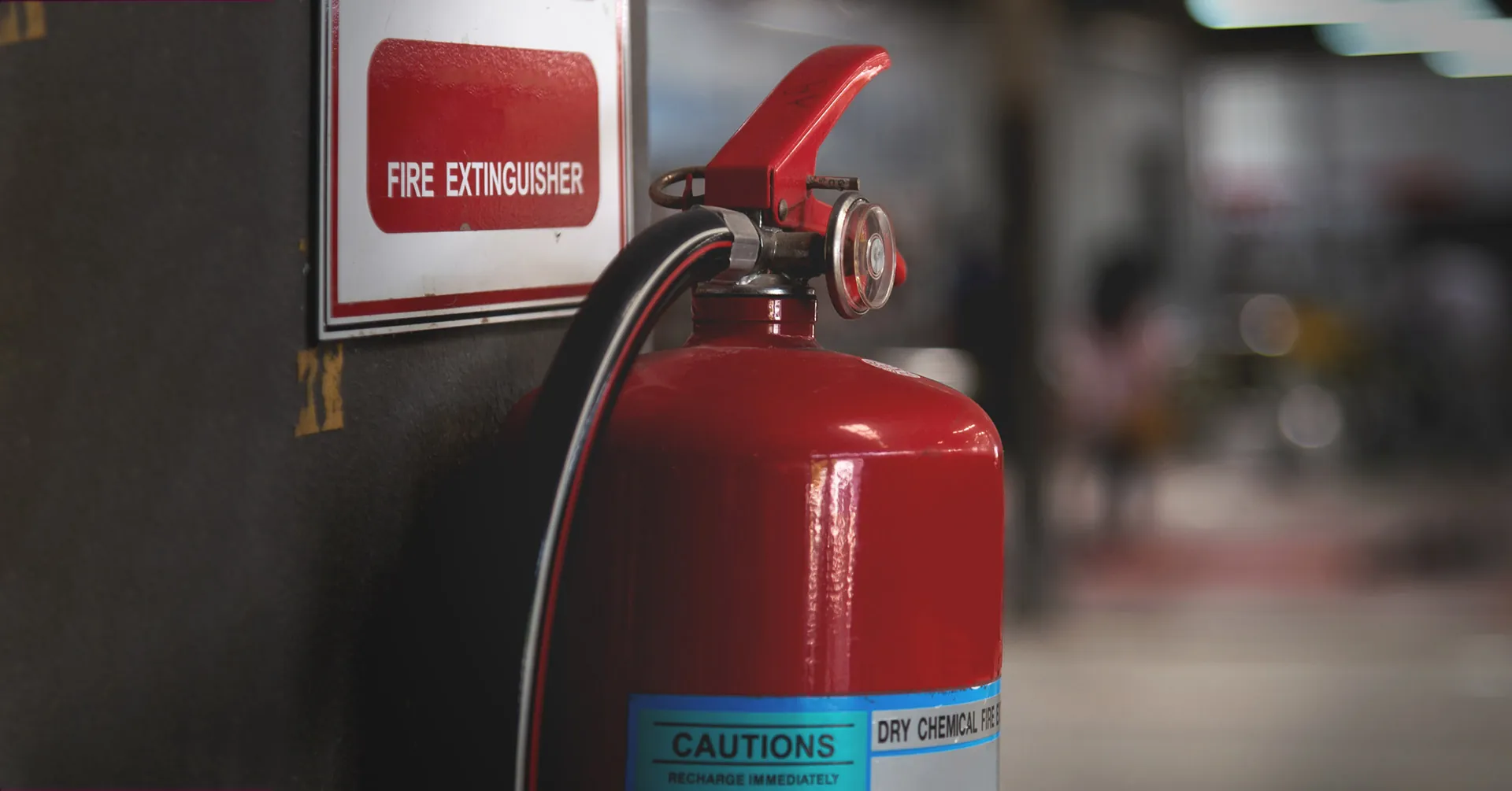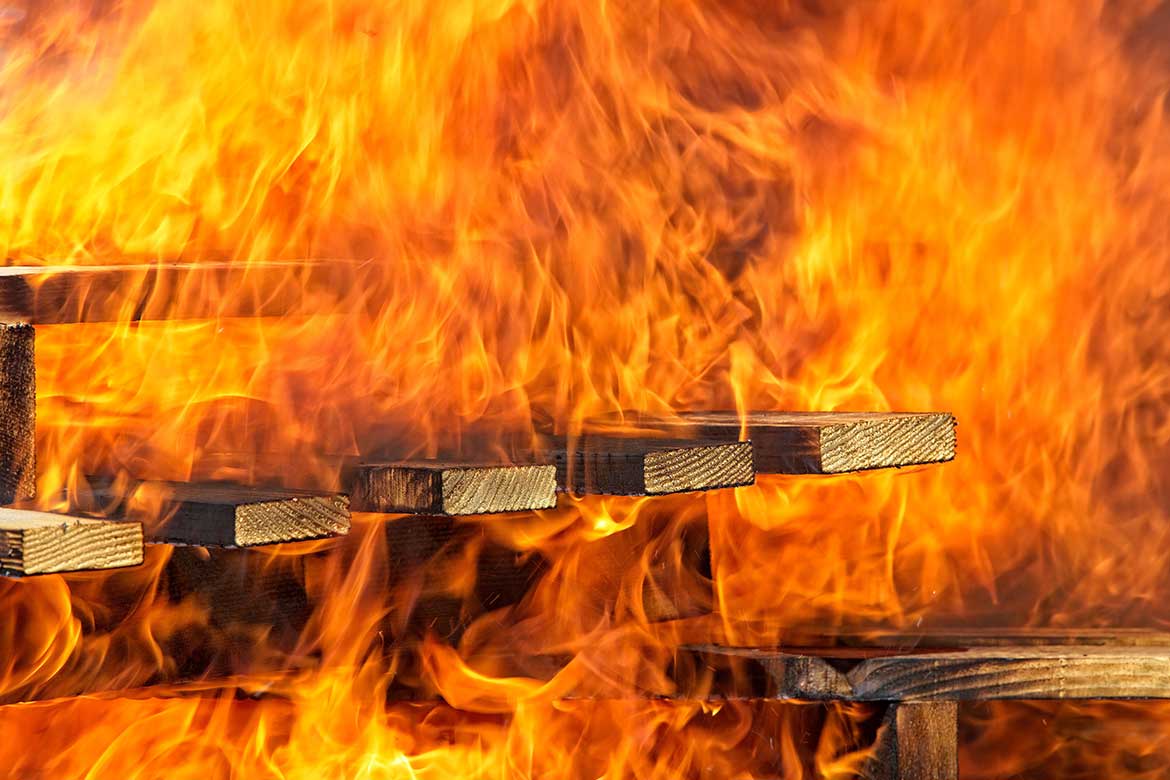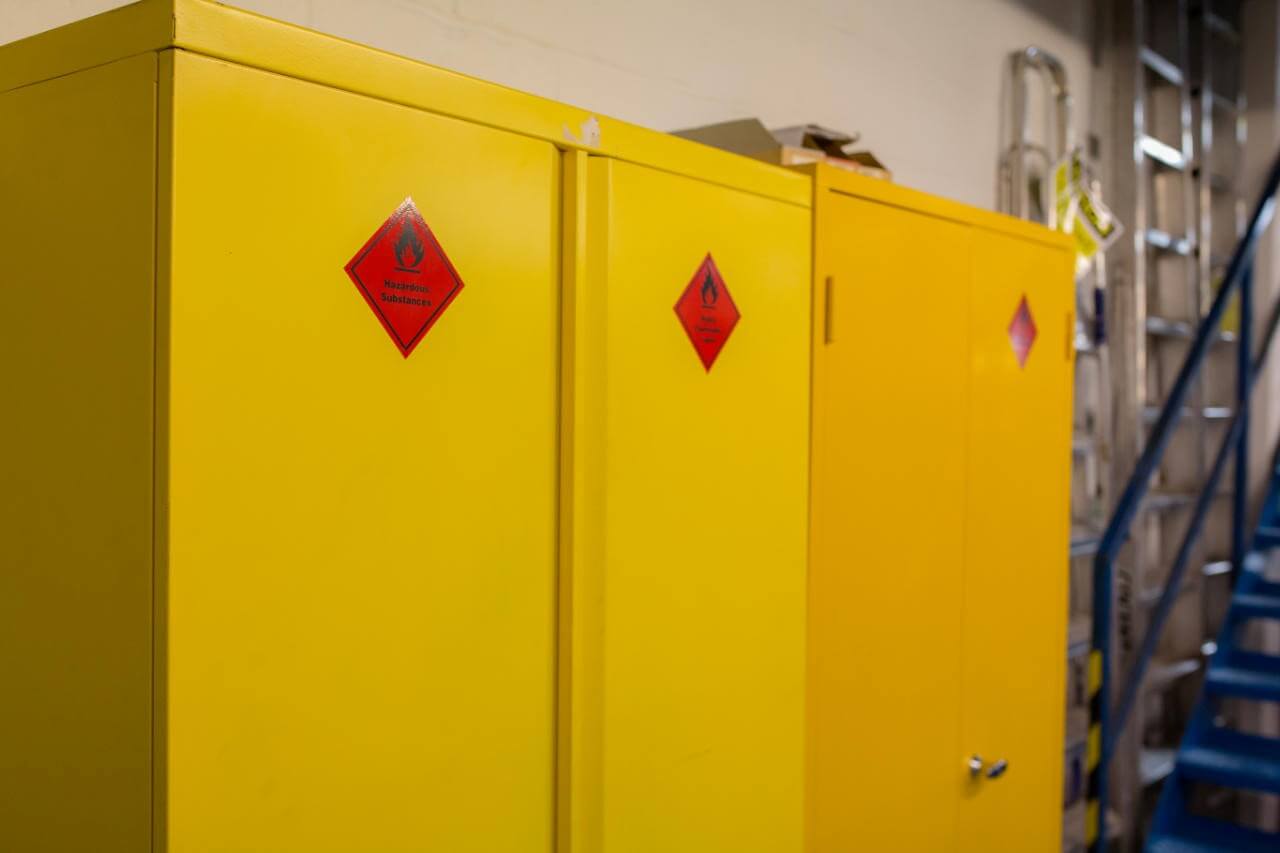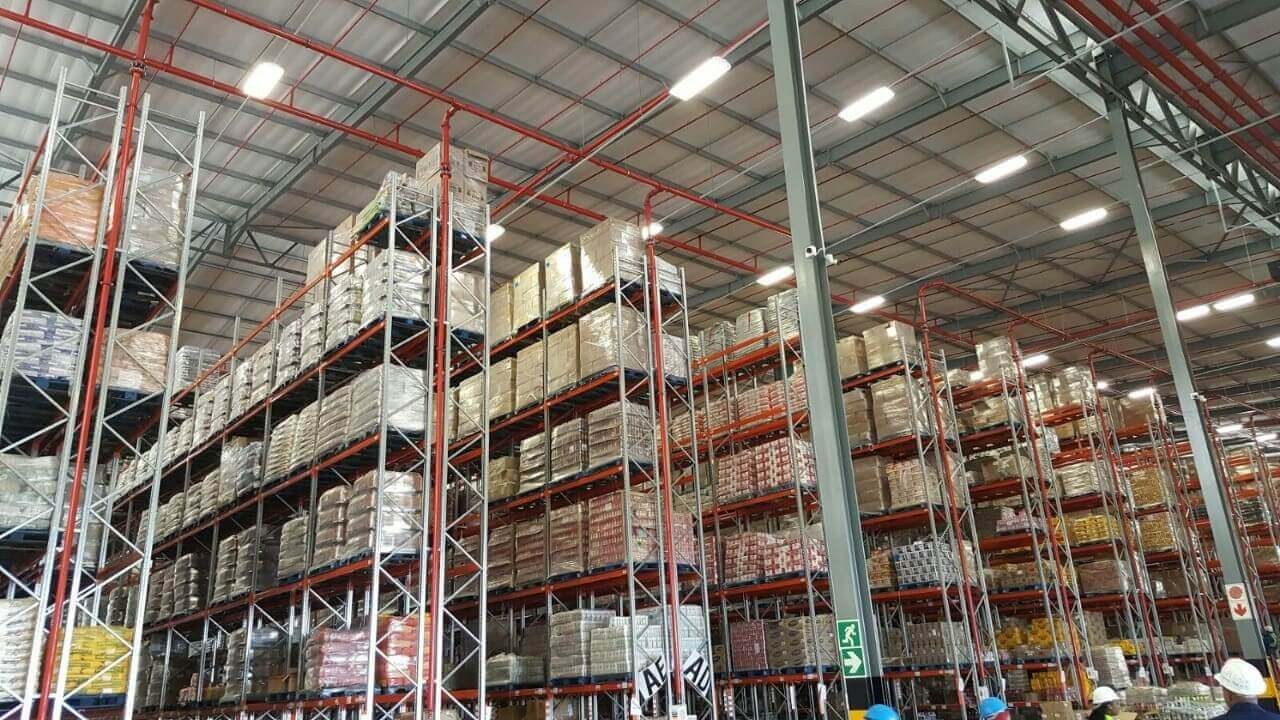Fire Safety in Shelf and Cabinet Systems: What to Do Instead of “Pouring Water on the Fire”?
Warning. Shelves and cabinets in warehouses, offices and even in our homes are often overlooked when it comes to fire risk. However, a spark, the wrong material or irregular wiring can burn all your hard work in an instant! So how do we minimize these risks? Let’s start by taking fire safety seriously. 🔥🚒
Why Shelves and Cabinets Increase the Risk of Fire?
Shelves and cabinets are often filled with flammable materials (paper, chemicals, electronics), causing a fire to spread quickly. According to NFPA reports, 40% of fires in storage areas are caused by improper material selection and electrical irregularities. This is why “prevention” is the cheapest insurance!
Basic Fire Precautions: 4 Steps to Safety

- Fireproof Material Selection: Make sure your shelves are made of A1 class fire resistant materials.
- Organize Electrical Cables: Instead of tucking cables behind shelves, use isolated channels like CableOrganizer.
- Keep Chemicals Separate: Store flammable liquids in special ventilated cabinets.
- Fire Extinguisher Access: Locate extinguishers no more than 6 meters from racking systems.
Which Material is How Durable?
Fire resistance varies according to the type of material. Here is the comparative table:
| Material | Fire Resistance Class | Maximum Heat Resistance | Advantages | Disadvantages |
|---|---|---|---|---|
| Steel | A1 (Fireproof) | 1000°C | High strength, long life | Heavy, rustable |
| Wood (Processed) | B1 (Hardly Flammable) | 300°C | Aesthetic, lightweight | Requires extra fire retardant |
| Aluminum | A2 (Fireproof) | 600°C | Lightweight, corrosion resistant | May deform at high temperatures |
| Composite Panels | B2 (Flammable) | 200°C | Moisture resistant | Fast flame spread |
Steel shelving is the gold standard for industrial spaces. However, special coatings such as ZincRichPrimer are essential to prevent rust.
Wooden shelves can be used in offices, but should be treated with flame retardant sprays such as FlameStop.
A True Scenario: “Cable Confusion Triggered the Fire!”

In an e-commerce warehouse, sparks from cables tucked behind shelves ignited paper boxes. The fire destroyed 3 shelves in 10 minutes! The company then moved all cables into insulated ducts in consultation with UL Solutions and reduced the risk of fire by 70%.
Interesting Tip: Some smart shelving systems are integrated with thermal sensors that detect temperature rise. For example, brands like Siemon use this technology in their data centers.
3 Critical Control Points
- Material Testing: Do your shelves have a fire certificate (e.g. EN 13501)?
- Ventilation Ensure air circulation in closed cabinets.
- Periodic Inspection: Have a professional fire risk analysis done at least once a year.

Remember, fire safety is not a “nice-to-have” but a must-have! ISO 45001 standards state that such measures increase business continuity by 60%.
What precautions are taken against the risk of fire in your warehouse? Share in the comments! 🔥🚨
Summary Table:
| Measure Type | Quick Solution Proposal | What to Avoid |
|---|---|---|
| Material | A1 class steel shelves | Using B2 class composite |
| Cable Management | Isolated duct or tube | Tucking cables behind the rack |
| Chemical Storage | Ventilated cabinet | Putting combustibles on open shelves |
In the next post, let’s talk about “Energy Saving in Smart Warehouses” 💡🔋
 English
English
 Türkçe
Türkçe 
